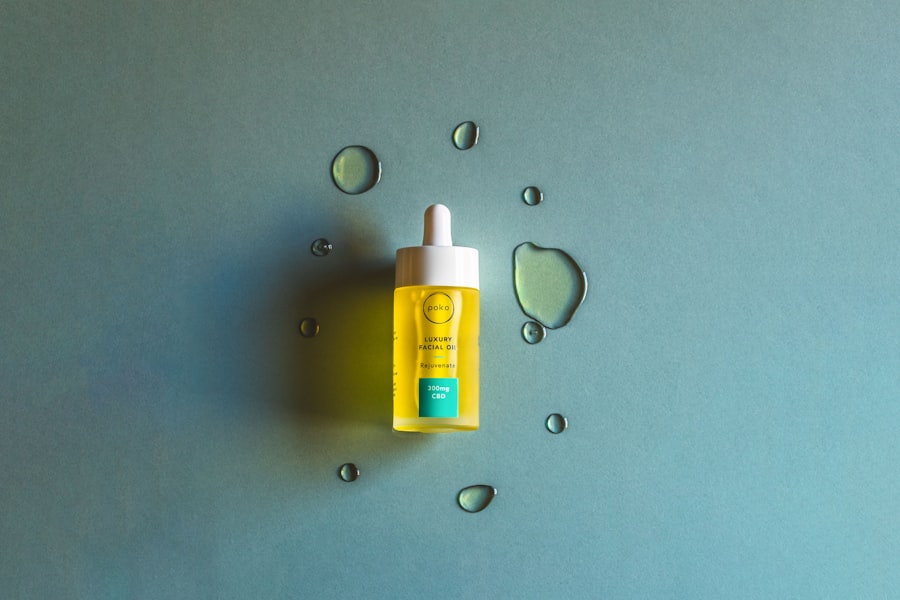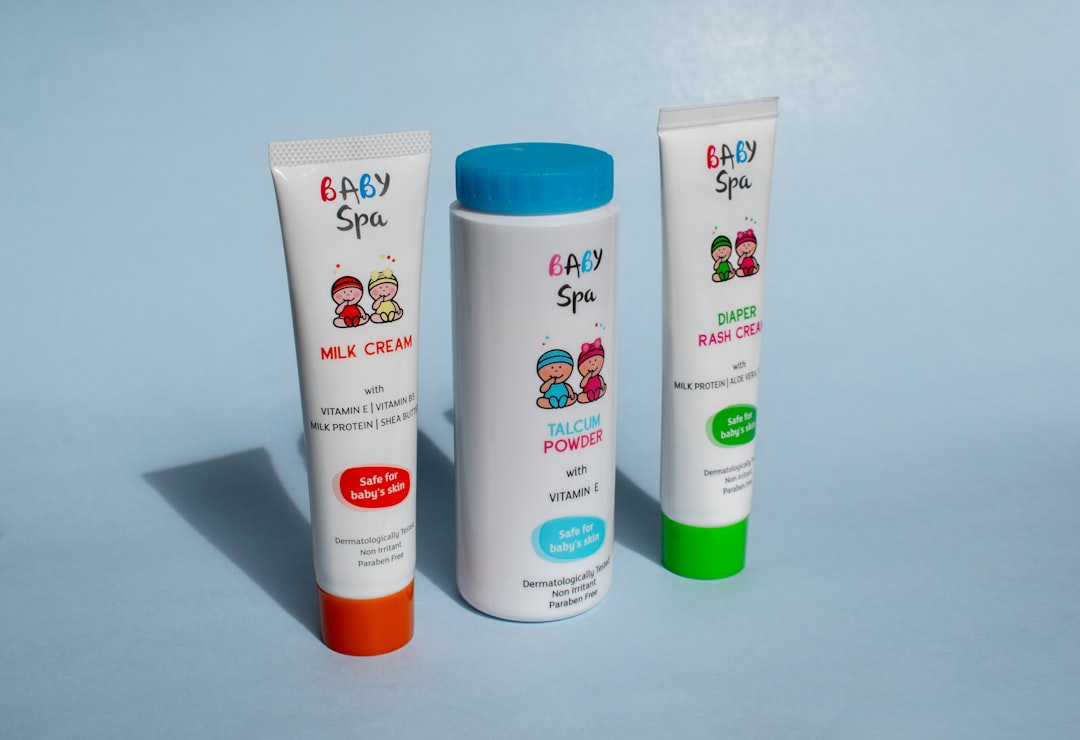Laser hair removal is a popular cosmetic procedure that utilizes concentrated beams of light to target and eliminate unwanted hair. The technology works by emitting a specific wavelength of light that is absorbed by the pigment in the hair follicles. This absorption generates heat, which effectively damages the follicles and inhibits future hair growth.
As you consider this option, it’s essential to understand that the procedure is most effective on individuals with light skin and dark hair, as the contrast allows the laser to target the hair more efficiently. The process typically involves multiple sessions, as hair grows in cycles and not all hair is in the same growth phase at any given time. During your initial consultation, a trained professional will assess your skin type, hair color, and overall health to determine the best approach for you.
While many people experience significant hair reduction after a few sessions, complete hair removal may not be achievable for everyone. Understanding these nuances can help you set realistic expectations and prepare for the journey ahead.
Key Takeaways
- Laser hair removal targets hair follicles with concentrated light to inhibit future hair growth
- Tanning can increase the risk of side effects and complications during laser hair removal
- It is recommended to avoid tanning for at least 2 weeks before and after laser hair removal
- Risks of tanning after laser hair removal include hyperpigmentation, burns, and increased sensitivity
- Alternatives to tanning after laser hair removal include sunless tanning products and spray tans
How Laser Hair Removal Affects Tanning
When you undergo laser hair removal, the treatment can have a significant impact on your skin’s response to tanning. The laser targets melanin, the pigment responsible for both hair color and skin tone. If you have recently tanned or have a darker skin tone, the laser may not differentiate effectively between the melanin in your skin and that in your hair.
This can lead to complications such as burns or discoloration, making it crucial to consider your tanning habits before and after treatment. Moreover, tanning can alter the effectiveness of laser hair removal. If you tan your skin, the increased melanin can absorb more of the laser energy intended for your hair follicles, potentially reducing the treatment’s efficacy.
This means that if you are serious about achieving optimal results from your laser hair removal sessions, you may need to rethink your tanning routine. Understanding how these two elements interact can help you make informed decisions about your skincare and beauty regimen.
Can You Tan After Laser Hair Removal?

After undergoing laser hair removal, many people wonder if they can resume tanning activities. The short answer is that it is generally advised to avoid tanning for a period following your treatment. Your skin will be more sensitive and vulnerable after the procedure, and exposing it to UV rays can lead to adverse reactions such as irritation or pigmentation changes.
It’s essential to allow your skin time to heal and recover before exposing it to sunlight or artificial tanning methods. If you are eager to achieve a sun-kissed glow, consider waiting at least two weeks after your last session before tanning. This waiting period allows your skin to stabilize and reduces the risk of complications.
Additionally, if you do choose to tan after this period, be sure to apply a high SPF sunscreen to protect your skin from harmful UV rays. This precaution not only safeguards your skin but also helps maintain the results of your laser hair removal treatment.
Risks of Tanning After Laser Hair Removal
| Risks | Description |
|---|---|
| Skin Damage | Tanning after laser hair removal can cause skin damage, including burns, blisters, and changes in pigmentation. |
| Increased Sensitivity | Tanned skin is more sensitive to laser treatment, which can lead to increased discomfort and potential complications. |
| Reduced Effectiveness | Tanning can reduce the effectiveness of laser hair removal, requiring more sessions for desired results. |
| Hyperpigmentation | Tanning can increase the risk of hyperpigmentation, causing dark spots or patches on the skin. |
Tanning after laser hair removal carries several risks that you should be aware of before making any decisions. One of the primary concerns is the potential for skin irritation. After treatment, your skin may be red, swollen, or sensitive, and exposing it to UV rays can exacerbate these symptoms.
You might experience discomfort or even develop blisters if you tan too soon after your procedure. Another significant risk is hyperpigmentation or hypopigmentation. If you tan while your skin is still healing from laser treatment, you may notice dark spots or patches where the skin has reacted negatively to UV exposure.
This can lead to uneven skin tone and may require additional treatments to correct. Understanding these risks can help you prioritize your skin’s health and make informed choices about when and how to tan after laser hair removal.
Alternatives to Tanning After Laser Hair Removal
If you’re looking for ways to achieve a bronzed look without exposing your skin to harmful UV rays post-laser hair removal, there are several alternatives available. One popular option is self-tanning products, which come in various forms such as lotions, sprays, and mousses. These products contain dihydroxyacetone (DHA), a color additive that reacts with the amino acids in your skin’s surface layer to create a temporary tan.
Self-tanners can provide a beautiful glow without the risks associated with sun exposure. Another alternative is spray tanning at a salon. Professional spray tans are applied by trained technicians who can customize the shade to suit your preferences while ensuring an even application.
Whichever option you choose, be sure to follow up with proper skincare routines to keep your skin hydrated and healthy.
Precautions for Tanning After Laser Hair Removal
If you decide to tan after undergoing laser hair removal, taking certain precautions can help minimize risks and protect your skin’s health. First and foremost, consult with your laser technician or dermatologist before resuming any tanning activities. They can provide personalized advice based on your skin type and treatment history, ensuring that you make safe choices.
If you notice any signs of irritation or discomfort, it’s best to stop immediately and consult a professional. Additionally, always apply a broad-spectrum sunscreen with an SPF of at least 30 before heading outdoors.
This will help shield your skin from harmful UV rays while allowing you to enjoy some sun exposure safely.
Maintaining Results of Laser Hair Removal
To maintain the results of your laser hair removal treatments, it’s essential to adopt a consistent skincare routine that prioritizes hydration and protection. After each session, keep your skin moisturized with gentle products that won’t irritate it further. Look for lotions or creams that are fragrance-free and designed for sensitive skin.
Regular follow-up sessions may also be necessary to ensure long-lasting results. Many individuals find that maintenance treatments every six months or so help keep unwanted hair at bay. Staying in touch with your laser technician will allow you to track your progress and make any necessary adjustments to your treatment plan.
Tanning and Laser Hair Removal
In conclusion, while laser hair removal offers an effective solution for unwanted hair, it’s crucial to approach tanning with caution afterward. Understanding how these two elements interact can help you make informed decisions about your skincare routine and overall health. By prioritizing safety and following recommended guidelines, you can enjoy both smooth skin from laser treatments and a beautiful tan without compromising your results.
As you navigate this journey, remember that patience is key. Allowing your skin time to heal after laser treatments will ultimately lead to better outcomes in both hair reduction and skin health. Whether you opt for self-tanners or professional spray tans as alternatives, always prioritize sun protection and consult with professionals when in doubt.
With careful planning and consideration, you can achieve the look you desire while maintaining the benefits of laser hair removal.
If you’re considering laser hair removal and wondering if you can still tan afterwards, it’s important to do your research. One helpful article to check out is “The Dos and Don’ts of Tanning Before and After Laser Hair Removal” on In Laser Hair Removal’s website. This article provides valuable information on how to properly care for your skin before and after laser hair removal treatments to ensure the best results. It’s always best to be informed and prepared when undergoing any cosmetic procedure.
FAQs
Can you tan after laser hair removal?
No, it is not recommended to tan after laser hair removal. Tanning can increase the risk of complications and side effects, such as skin discoloration and burns.
Why is it not recommended to tan after laser hair removal?
Tanning can make the skin more sensitive and prone to damage from the laser treatment. It can also increase the risk of hyperpigmentation and other skin issues.
How long should you wait to tan after laser hair removal?
It is recommended to wait at least 2-4 weeks after laser hair removal before exposing the treated area to sunlight or tanning beds. It is important to follow the specific guidelines provided by your laser hair removal technician.
What are the potential risks of tanning after laser hair removal?
Tanning after laser hair removal can increase the risk of skin damage, burns, hyperpigmentation, and other complications. It can also reduce the effectiveness of the laser treatment.
What are some alternatives to tanning after laser hair removal?
Instead of tanning, it is recommended to protect the treated area from sunlight by using sunscreen with a high SPF, wearing protective clothing, and avoiding prolonged sun exposure. Spray tanning or using self-tanning products may also be safer alternatives.







